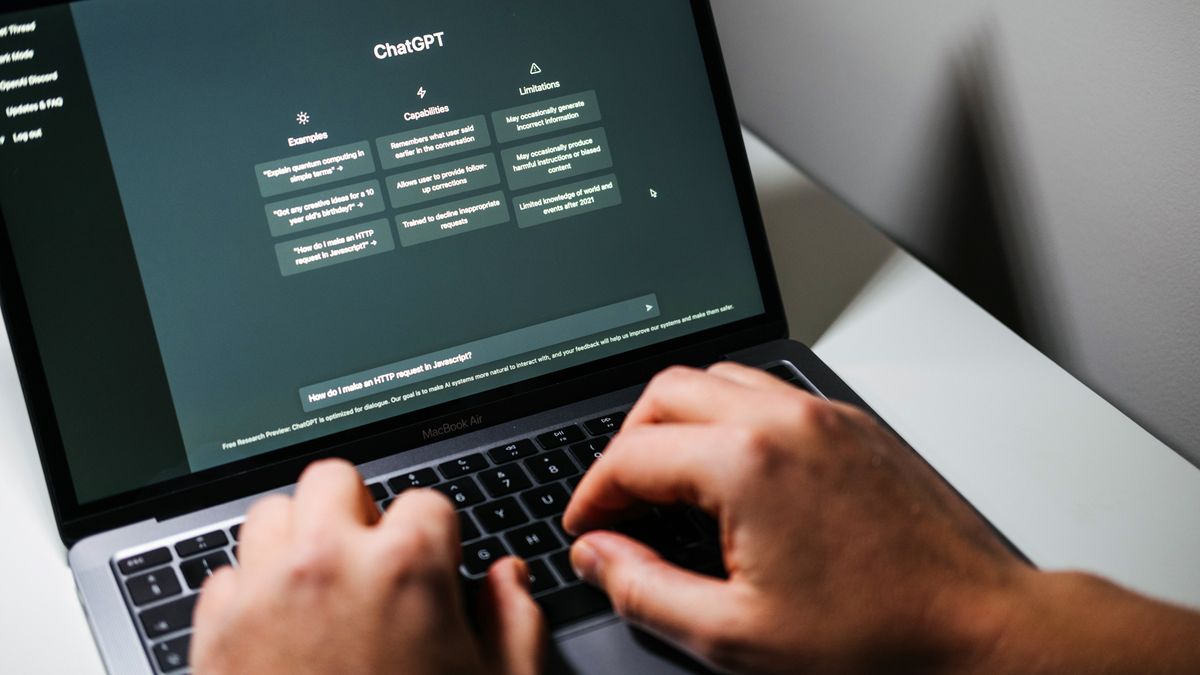How often do you doubt that what you're seeing online is real? In the last couple of years as generative AI tools to create videos have bubbled up into the mainstream, deepfakes have gone from being niche parodies of celebrities and politicians to an everyday problem.
Increasingly, we may need or want to prove that the images, videos and audio we capture and share with people is real. Tech companies are starting to step up by giving us the tools to do so. From Nikon to Adobe, companies that deal in digital content are signing up to a standard known as C2PA -- a standard that watermarks content to prove its provenance.
One company leading the charge is San Diego-based company Truepic, which has developed the tamper-proof watermarking technology. For the past few years it's been working with chipmaker Qualcomm to get its tech onto phones with its Snapdragon chips so you can prove where and when your photo was taken.
This year, the companies are ramping up its AI safety collaboration so that phone makers using Qualcomm's newly announced Snapdragon 8 Elite chip can allow people to not only prove the provenance of photos, but video and audio too.
"If we're going to usher in the age of AI, we want to make sure it's done responsibly, and that at least on a Snapdragon device. When an image or video is shot, you know what the provenance is, if it's real, if it's been modified and the whole timeline of that," says Qualcomm's VP of product management Judd Heape.
In the world of artificial intelligence and machine learning, 70% of what's being developed is being applied to images, says Heape, so proving the veracity of what we're looking at is only getting more important.
The Snapdragon 8 Elite chip will power most of the flagship Android phones that come out in 2025.
Katie Collins/CNETTruepic tools were first developed for professional purposes -- proving car insurance claims and journalism -- but the next logical step for the tech was to be put into phones, as most content these days isn't being shot by people with DSLRs or video cameras, says Heape. Embedding it into the phone's chip provides an extra level of security.
"If you're going to shoot something with Snapdragon, it's not just a piece of software that's running on top of Android," says Heape. "It's actually in the hardware so it can't be tampered with."
It's up to individual phone makers to decide whether they want to take advantage of the Truepic capabilities on the Snapdragon 8 Elite chip, and at least two will be doing so in the next year. "You will see someone take the first step, probably in 2025 to put this on an actual handset," says Heape.
With more and more companies including Meta, and even AI companies such as OpenAI, signing up to the C2PA standard coalition, plus pressure from regulators and lawmakers, phone manufacturers will be faced with growing burden to do their bit. Hopefully it will mean that every time we're suspicious of something we see, we'll be able to check whether it's the work of AI.
"In my perfect world, three years from now you'll be scrolling your social media feed, and you'll be able to see a logo on the image that tells you about its provenance," says Heape. It's an appealing vision, one in which a modicum of trust is restored in our online worlds.




:quality(85):upscale()/2024/10/31/831/n/49351773/b7bf33836723d2f0643c55.51137847_.jpg)


:quality(85):upscale()/2024/10/29/581/n/1922153/3f2adeb76720db8a0484f8.73093870_.jpg)
 English (US) ·
English (US) ·